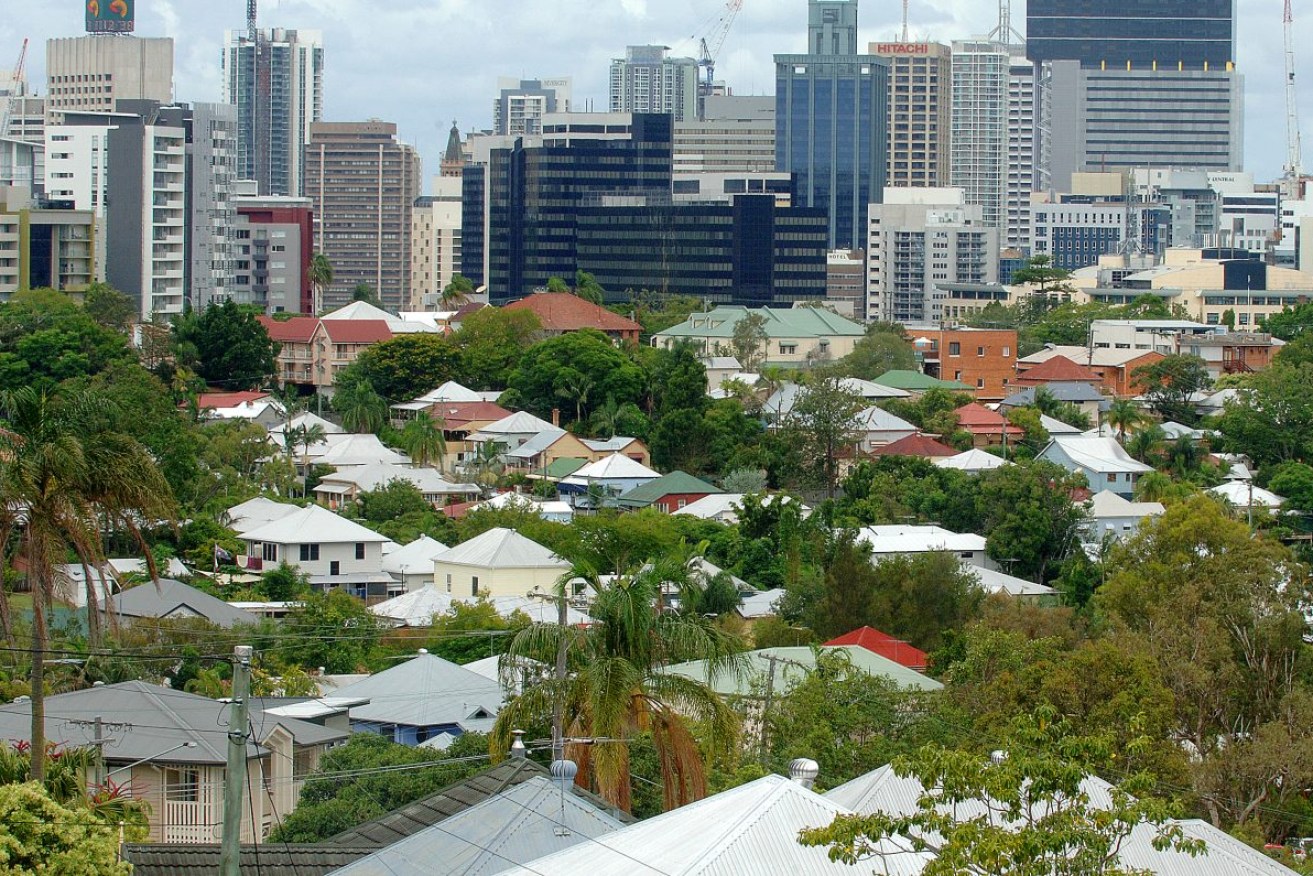Stamp duty a handbrake to slow downsizing, stall job growth
Stamp duty acts as a handbrake on downsizing and relocating for better jobs as illustrated by the fallout from a sharp hike in the tax in Queensland more than 12 years ago.

Brisbane suburban housing near the city. (AAP Image/Dave Hunt, file)
Economic think tank e61 Institute and real estate data firm Proptrack say the 2011 case study shows how stamp duty, a one-off levy paid by the buyer to state governments when purchasing a property, restricts job and housing mobility.
The Queensland government announced it would remove a stamp duty concession in a budget speech in August 2011, effectively doubling the tax hit.
Institute research manager Nick Garvin said the move was met with political opposition and although there was a burst of home buying activity initially, it then dropped sharply and stayed low for a year.
The researchers found the volume of home purchases in Queensland sunk 7.2 per cent after the state’s stamp duty was increased.
Mobility was also affected, with roughly 20,000 fewer people moving house than in the year before, a fall of nine per cent.
In July 2012, the concession was reinstated with a change of government, taking the rates back to similar levels as before August 2011.
Dr Garvin said the Queensland case served as a “stark example” of the impact of stamp duty.
“We see that stamp duty prevents people from moving and therefore downsizing and possibly even changing jobs,” he said.
In the context of sluggish productivity growth and a housing undersupply, he said removing barriers to job and housing mobility was critical.
Research released by the duo earlier this month found the tax was up to six times more expensive than it was a generation ago.
In Melbourne, stamp duty on a median-priced home is about $44,500, or six months of post-tax income for average full-time workers.
That is an increase of more than six-fold compared with four decades ago and the biggest leap of any capital city.
PropTrack senior economist Angus Moore said stamp duty was a significant upfront cost for buyers.
“Bracket creep has been an important driver of this increase in stamp duty as most states have the same stamp duty brackets they had decades ago,” he said.
“That means that, as home prices have increased, these brackets now capture more homes at higher tax rates.”
Dr Garvin said the research supported the case for removing or replacing stamp duty.
“We know that stamp duty is widely unpopular and by abolishing it, it creates the opportunity to have a more equitable tax implemented that unfairly hit people that need or want to move,” he said.












